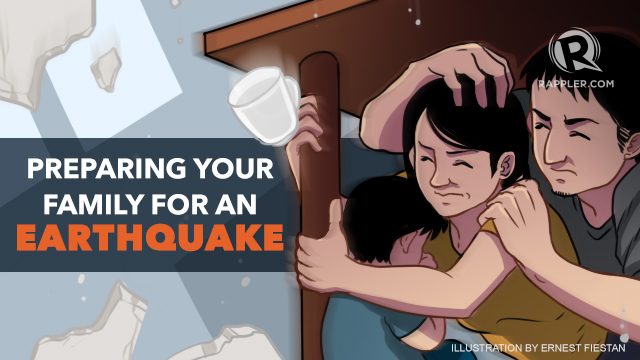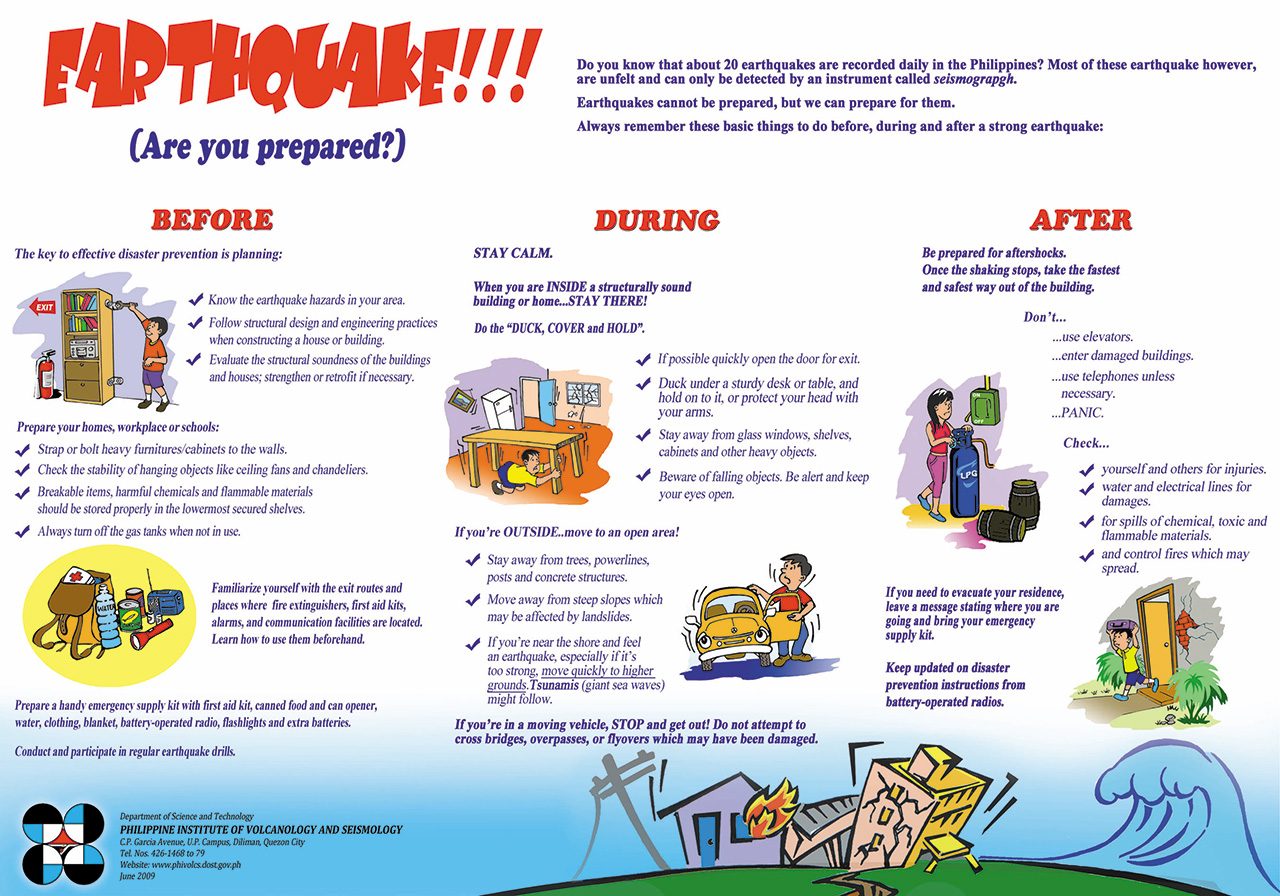SUMMARY
This is AI generated summarization, which may have errors. For context, always refer to the full article.

MANILA, Philippines – Is the Philippines ready for a big earthquake?
With the country surrounded by various active faults and trenches, earthquakes – whether weak or strong – are expected to occur. (READ: Strongest earthquakes in the Philippines)
In fact, a 2004 study conducted by Philippine Institute of Volcanology and Seismology (Phivolcs), the Metropolitan Manila Earthquake Impact Reduction Study (MMEIRS) found out that a magnitude 7.2 earthquake could destroy 40% of the buildings and could kill about 30,000 – 40,000 people in Metro Manila – the country’s business hub and where government agencies are located.
While schools and offices in different parts of the country conduct earthquake drills regularly, these are focused on what the public and the government should do during and after an earthquake. (WATCH: LIVE: #OplanPagyanig: National Earthquake Drill)
But what are the ways to prepare for it?
On Thursday, March 26, MovePH, Rappler’s civic engagement arm, held a #ZeroCasualty conversation on Facebook to discuss earthquake preparedness and safety with guests from Phivolcs and Red Cross.
We’re holding an online conversation on earthquake preparedness ahead of the nationwide earthquake drill.The…
Posted by Move.PH
In a country prone to geological hazards, Phivolcs stressed the importance of preparedness, which should start within the family.
“Safety must start from homes. A family should discuss and have a plan as to what they should do in case of an earthquake,” the agency said.
Here are some ways on how families can be prepared for the “big one.”
- Know the earthquake hazards in the area
- Be conscious of the structural integrity of the house
- Set up furniture and appliances in a way that they will not topple when there is a strong ground shaking
- Prepare emergency bag/kit for each member of the family
Below is a Phivolcs infographic on what to do before, during and after an earthquake strikes

While earthquakes in general, cannot really be predicted, the risks it poses can be reduced by avoidance through proper planning, according to Phivolcs. – Rappler.com
Project Agos is a collaborative platform that combines top-down government action with bottom-up civic engagement to help communities learn about climate change adaptation and disaster risk reduction. The project harnesses technology and social media to ensure critical information flows to those who need it before, during, and after a disaster. It is a partnership between Rappler and key government, private and civil society groups. It is also supported by the Australian Government.
Add a comment
How does this make you feel?
There are no comments yet. Add your comment to start the conversation.